Home>Storage & Organization>Office & Desk Organizers>How To Organize Your Office Desk
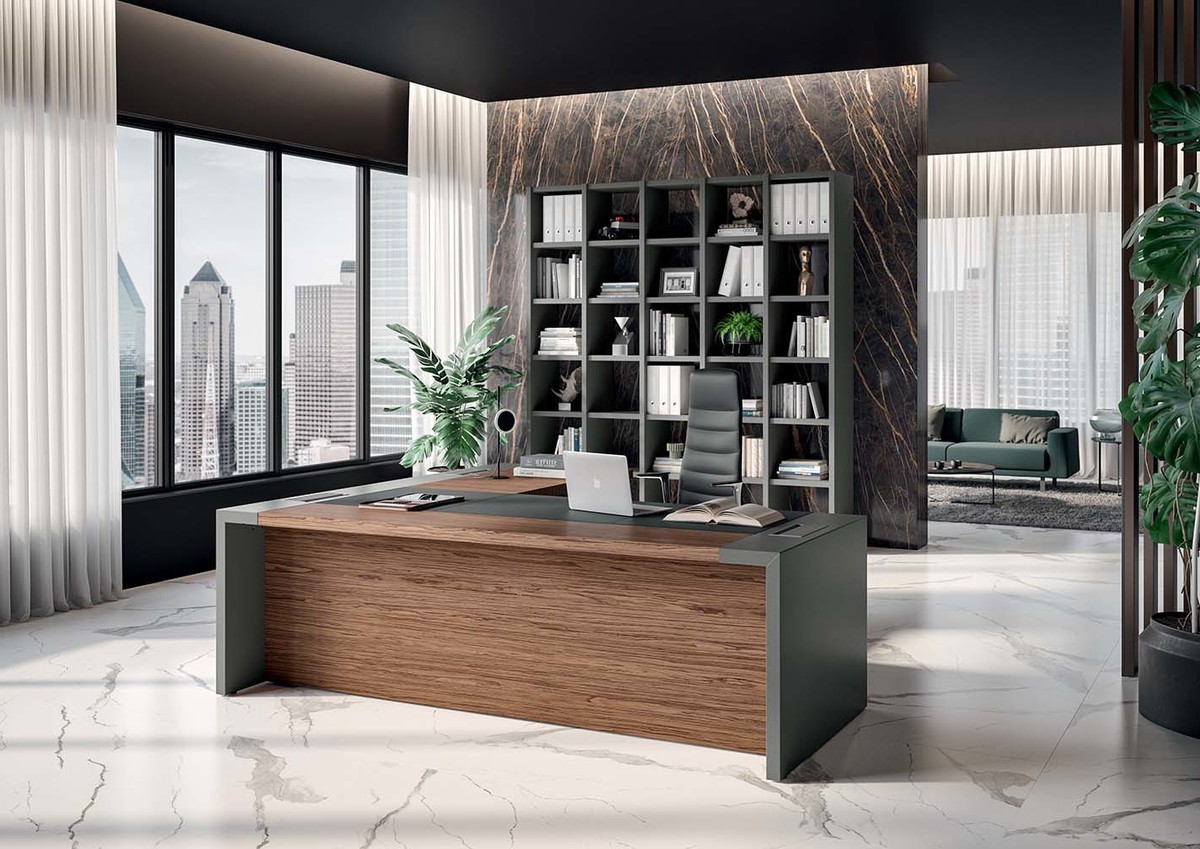

Office & Desk Organizers
How To Organize Your Office Desk
Published: March 2, 2024
Learn how to declutter and organize your office desk with the best office and desk organizers. Create a productive workspace with our expert tips and ideas.
(Many of the links in this article redirect to a specific reviewed product. Your purchase of these products through affiliate links helps to generate commission for Storables.com, at no extra cost. Learn more)
Benefits of a Well-Organized Desk
A well-organized desk offers numerous benefits that can significantly improve your productivity and overall well-being. Here are some of the key advantages of maintaining a tidy and efficient workspace:
-
Increased Productivity: An organized desk allows you to focus on your tasks without the distraction of clutter. With everything in its place, you can easily locate the items you need, leading to a more efficient workflow.
-
Reduced Stress: Clutter can contribute to feelings of overwhelm and anxiety. A tidy desk creates a calming environment, helping to alleviate stress and promote a sense of control and order.
-
Improved Time Management: When your desk is organized, you can spend less time searching for things and more time completing important tasks. This can lead to better time management and increased productivity throughout the day.
-
Enhanced Creativity: A clean and organized workspace can stimulate creativity and innovation. By removing visual distractions, you can free up mental space to generate new ideas and solutions.
-
Professional Image: A well-organized desk reflects positively on your professional image. Whether you work from home or in a corporate setting, a tidy desk conveys a sense of competence and professionalism to colleagues, clients, and visitors.
-
Health Benefits: Cluttered desks can harbor dust, allergens, and germs, which can impact your health. By keeping your desk organized and clean, you create a healthier work environment for yourself.
-
Improved Focus: A clutter-free desk allows you to concentrate on the task at hand without being visually overwhelmed. This can lead to improved focus and concentration, ultimately boosting your overall performance.
-
Efficient Workflow: With a well-organized desk, you can establish efficient systems for managing documents, supplies, and tools. This streamlines your workflow and makes it easier to tackle daily responsibilities.
By recognizing the benefits of a well-organized desk, you can take proactive steps to create a workspace that promotes productivity, creativity, and overall well-being.
Key Takeaways:
- A tidy desk boosts productivity, reduces stress, and promotes a professional image. It also enhances creativity, improves time management, and supports overall well-being.
- Essential desk organization supplies include organizers, file folders, drawer dividers, and cable management solutions. Personalize your workspace with decor, greenery, and functional accessories for a harmonious and inspiring environment.
Essential Desk Organization Supplies
When it comes to organizing your office desk, having the right supplies can make all the difference. Here are some essential items that can help you create a well-organized and functional workspace:
-
Desk Organizer: A desk organizer is a fundamental tool for keeping your supplies in order. Look for organizers with compartments or drawers to store pens, pencils, paper clips, sticky notes, and other small items.
-
File Folders: Invest in a set of durable file folders to sort and store important documents. Use different colors or labels to categorize your files, making it easier to locate specific information when needed.
-
Drawer Dividers: If your desk has drawers, consider using drawer dividers to separate and organize various items such as stationery, notepads, and electronic accessories. This helps prevent clutter and ensures that everything has its designated space.
-
Desktop Shelves: Desktop shelves or risers are excellent for maximizing vertical space on your desk. Use them to store books, binders, or decorative items, keeping the surface of your desk clear for work.
-
Cable Management Solutions: Keep your workspace tidy and safe by using cable management solutions to organize and conceal computer cables, chargers, and other electronic cords. This not only reduces visual clutter but also prevents tripping hazards.
-
Label Maker: A label maker can be a game-changer when it comes to desk organization. Use it to create clear and uniform labels for folders, drawers, and storage containers, ensuring that everything is easily identifiable.
-
Desk Calendar or Planner: Stay on top of your schedule and deadlines with a desk calendar or planner. Choose a layout that works best for you, whether it's a monthly overview, weekly planner, or daily agenda.
-
Storage Bins or Boxes: Utilize storage bins or boxes to contain items that are not frequently used, such as extra office supplies, files, or personal belongings. Opt for stackable containers to save space and maintain a clutter-free environment.
-
Desk Accessories: Incorporate desk accessories like a letter tray, pen holder, or desk pad to add both functionality and style to your workspace. These accessories can help keep your desk tidy while adding a personal touch to the overall organization.
By equipping yourself with these essential desk organization supplies, you can create a workspace that promotes efficiency, productivity, and a sense of order. With the right tools at your disposal, maintaining a well-organized desk becomes a manageable and rewarding endeavor.
Step-by-Step Guide to Organizing Your Desk
Organizing your desk doesn't have to be an overwhelming task. By following a step-by-step approach, you can transform your workspace into a well-organized and efficient area that promotes productivity and clarity. Here's a detailed guide to help you tackle the desk organization process effectively:
1. Clear the Clutter
Begin by removing everything from your desk. This includes documents, office supplies, electronic devices, and personal items. As you clear the surface, take the opportunity to declutter by sorting items into categories: keep, discard, or relocate. This initial step sets the stage for a fresh start and allows you to assess the items you truly need on your desk.
2. Clean and Prepare the Surface
Once the desk is clear, take the time to clean the surface thoroughly. Wipe down the desk with a suitable cleaner to remove dust, dirt, and any lingering clutter. Consider using desk organizers, drawer dividers, or desktop shelves to create designated spaces for different items. This preparation step sets the foundation for an organized and functional workspace.
3. Establish a Filing System
Sort through the documents and papers that were previously on your desk. Create a filing system using file folders or trays to categorize and store important paperwork. Consider using a color-coded system or labeling each folder for easy identification. This step helps streamline document management and prevents loose papers from piling up on your desk.
4. Arrange Essential Supplies
Identify the essential office supplies that you use frequently, such as pens, pencils, notepads, and sticky notes. Place these items in a desk organizer or designated compartments for easy access. Consider the frequency of use when organizing supplies, ensuring that the most frequently used items are within arm's reach.
5. Organize Electronic Devices and Cables
If your desk includes electronic devices such as a computer, monitor, or charging stations, take the time to organize the cables and cords. Use cable management solutions to keep cords tidy and prevent tangling. Consider using adhesive cable clips or cable sleeves to secure and conceal cords, creating a neater and safer workspace.
6. Personalize and Optimize
Once the essential organization is in place, take the opportunity to personalize your workspace. Add personal touches such as photographs, motivational quotes, or decorative items that inspire and uplift your mood. Consider incorporating plants or desk accessories that complement your organizational system while adding a touch of personality to the space.
7. Maintain Regular Maintenance
After organizing your desk, make a commitment to maintain its tidiness on a regular basis. Set aside a few minutes at the end of each day to clear away any clutter, file documents, and return items to their designated places. By incorporating daily maintenance into your routine, you can sustain an organized and efficient workspace in the long run.
By following this step-by-step guide, you can effectively organize your desk and create a workspace that supports your productivity, creativity, and overall well-being. With a clear plan and systematic approach, desk organization becomes a manageable and rewarding endeavor.
Tips for Maintaining a Tidy Desk
-
Daily Decluttering: Set aside a few minutes at the end of each day to declutter your desk. Clear away any unnecessary items, file documents, and return supplies to their designated places. This daily habit prevents clutter from accumulating and maintains a clean workspace.
-
Use Organizers Consistently: Make it a habit to consistently use desk organizers, drawer dividers, and storage containers. When you finish using a supply or document, immediately return it to its designated spot. By maintaining organizational systems, you can prevent items from piling up on your desk.
-
Digital Organization: Extend your tidiness efforts to your digital workspace. Regularly organize and declutter your computer desktop, email inbox, and digital files. Create folders and use naming conventions to keep digital documents easily accessible and well-organized.
-
Implement the "One In, One Out" Rule: For every new item that enters your workspace, consider removing or relocating an existing item. This rule helps prevent unnecessary accumulation and encourages mindful consumption and organization.
-
Scheduled Clean-Up Sessions: Dedicate specific time slots in your calendar for desk clean-up sessions. Whether it's a weekly or monthly routine, having dedicated time for deep cleaning and reorganization ensures that your desk remains tidy and clutter-free.
-
Mindful Paper Management: Be mindful of the paper items that enter your workspace. Sort through mail, documents, and printouts promptly, and decide whether they need to be filed, recycled, or discarded. Minimizing paper clutter is essential for maintaining a tidy desk.
-
Regular Maintenance of Supplies: Periodically review your office supplies and discard any dried-out pens, empty sticky note pads, or outdated materials. Keeping your supplies fresh and relevant contributes to a more efficient and organized workspace.
-
Clear Your Desk Before Leaving: Before leaving your desk at the end of the workday, take a moment to clear the surface of any remaining clutter. This practice sets the stage for a fresh start the next day and ensures that you return to a tidy and inviting workspace.
-
Encourage Co-Worker Participation: If you share a workspace with colleagues, encourage a collective effort to maintain a tidy environment. Establishing a culture of cleanliness and organization can positively impact the entire office and create a more pleasant working environment for everyone.
-
Reassess and Adjust: Periodically reassess your organizational systems and make adjustments as needed. As your work requirements and preferences evolve, your organizational needs may change. Stay flexible and adapt your desk organization strategies accordingly.
By incorporating these tips into your daily routine, you can effectively maintain a tidy desk and create a workspace that supports your productivity and well-being. Consistent effort and mindfulness are key to sustaining a clutter-free and organized environment.
Personalizing Your Organized Workspace
Personalizing your organized workspace allows you to infuse your personality and style into the environment while maintaining a sense of order and functionality. Here are some creative ways to personalize your workspace:
-
Incorporate Inspirational Decor: Add decorative elements that inspire and motivate you. Consider displaying motivational quotes, framed artwork, or photographs that hold special meaning. These personal touches can uplift your mood and create a positive atmosphere within your organized space.
-
Introduce Greenery: Bring a touch of nature into your workspace by incorporating indoor plants or succulents. Not only do plants add visual appeal, but they also contribute to a sense of tranquility and well-being. Select low-maintenance plants that thrive in indoor environments to enhance the aesthetic of your workspace.
-
Customize Your Desk Accessories: Choose desk accessories that reflect your personal style. Opt for a pen holder, desk organizer, or mouse pad in colors or designs that resonate with your preferences. By selecting accessories that appeal to you, you can add a personalized touch to your organized desk.
-
Display Personal Mementos: Showcase meaningful mementos or keepsakes that bring joy and nostalgia. Whether it's a souvenir from a memorable trip, a cherished gift, or a token of achievement, these items can serve as reminders of positive experiences and accomplishments, adding a personal dimension to your workspace.
-
Utilize Functional Decor: Select decorative items that serve a dual purpose by combining functionality with aesthetics. For example, a stylish desk lamp not only illuminates your workspace but also adds visual interest. Look for decorative storage solutions such as woven baskets or patterned file holders that enhance organization while contributing to the overall decor.
-
Incorporate Personalized Stationery: Invest in personalized stationery, such as notepads, sticky notes, or letterhead, featuring your name or initials. Customized stationery adds a sophisticated and personal touch to your workspace, making everyday tasks more enjoyable and distinctive.
-
Create a Vision Board or Inspiration Wall: Designate a section of your workspace for a vision board or inspiration wall. Pin up images, quotes, and aspirations that resonate with your goals and aspirations. This visual representation can serve as a source of motivation and creativity within your organized workspace.
-
Choose Comfortable Seating: If your workspace includes a chair, opt for a comfortable and ergonomic seat that aligns with your comfort and style preferences. Select a chair with adjustable features and supportive cushioning to enhance your overall workspace experience.
By personalizing your organized workspace, you can create a harmonious balance between functionality and self-expression. Infusing your workspace with personal touches not only enhances the visual appeal but also fosters a sense of ownership and comfort within your organized environment.
Frequently Asked Questions about How To Organize Your Office Desk
Was this page helpful?
At Storables.com, we guarantee accurate and reliable information. Our content, validated by Expert Board Contributors, is crafted following stringent Editorial Policies. We're committed to providing you with well-researched, expert-backed insights for all your informational needs.
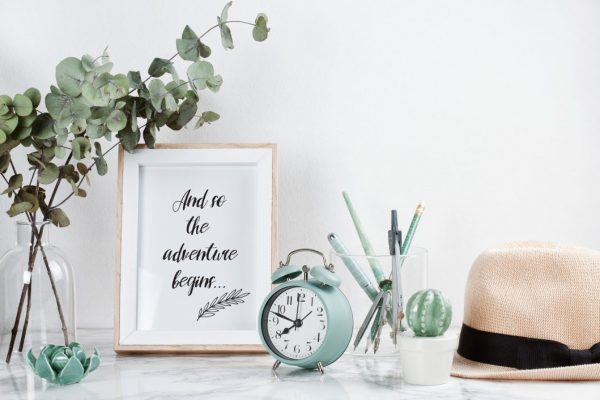
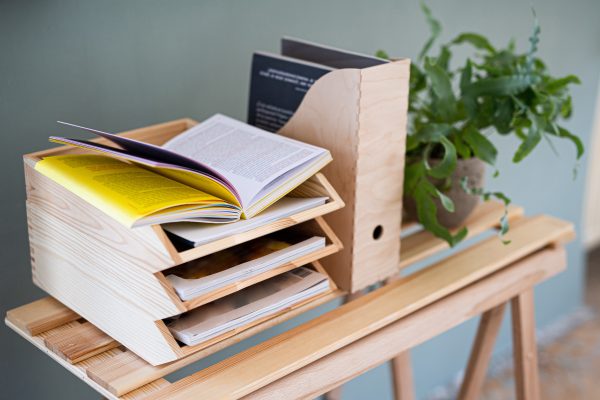
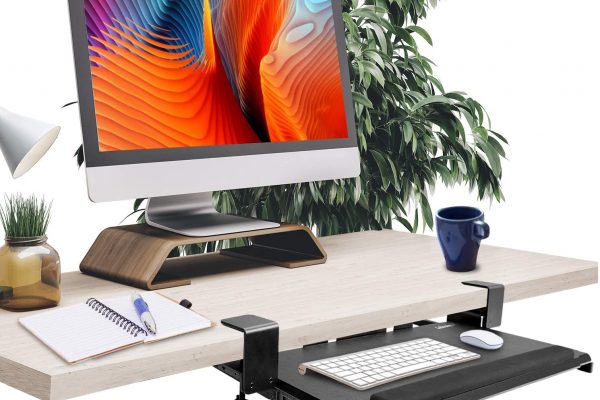
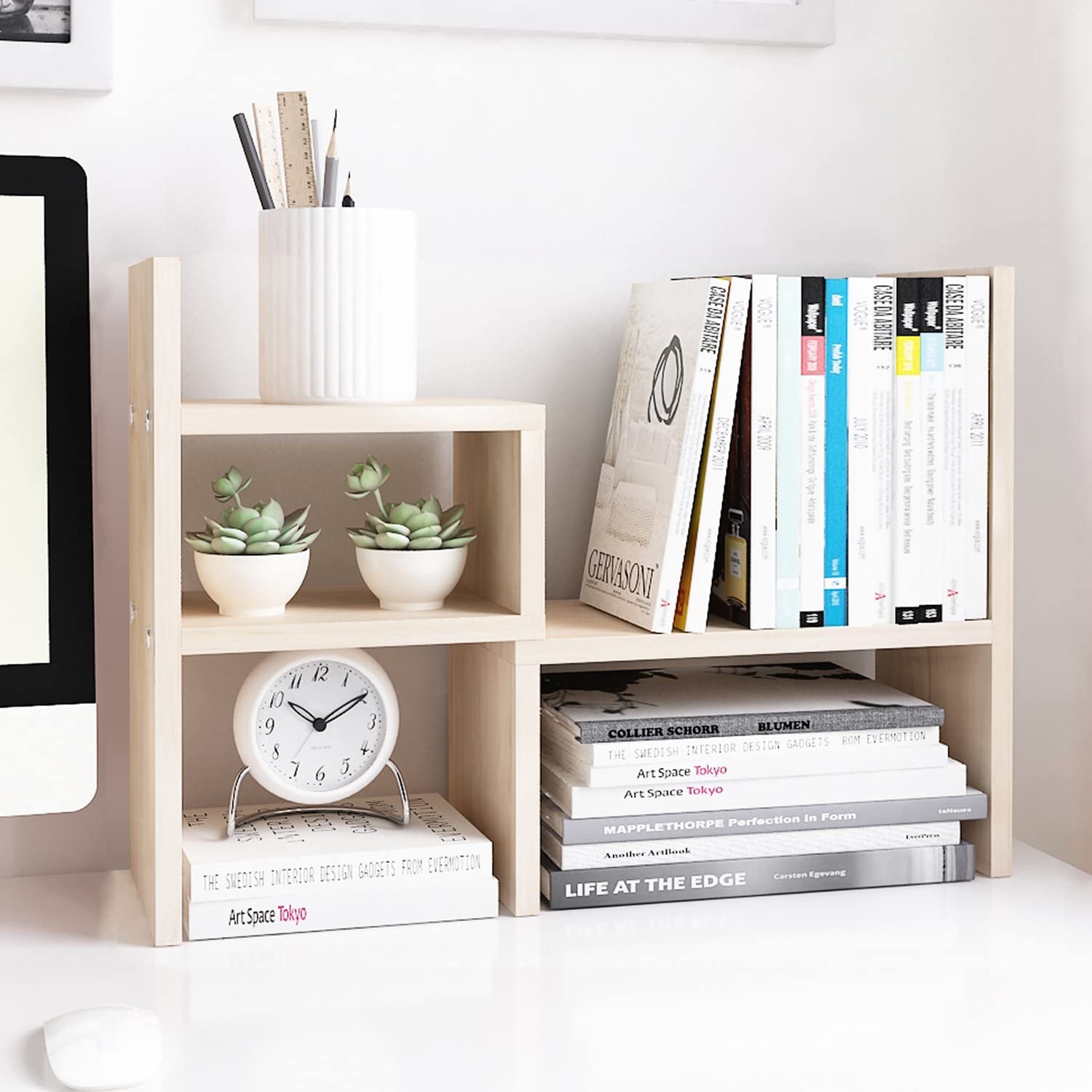
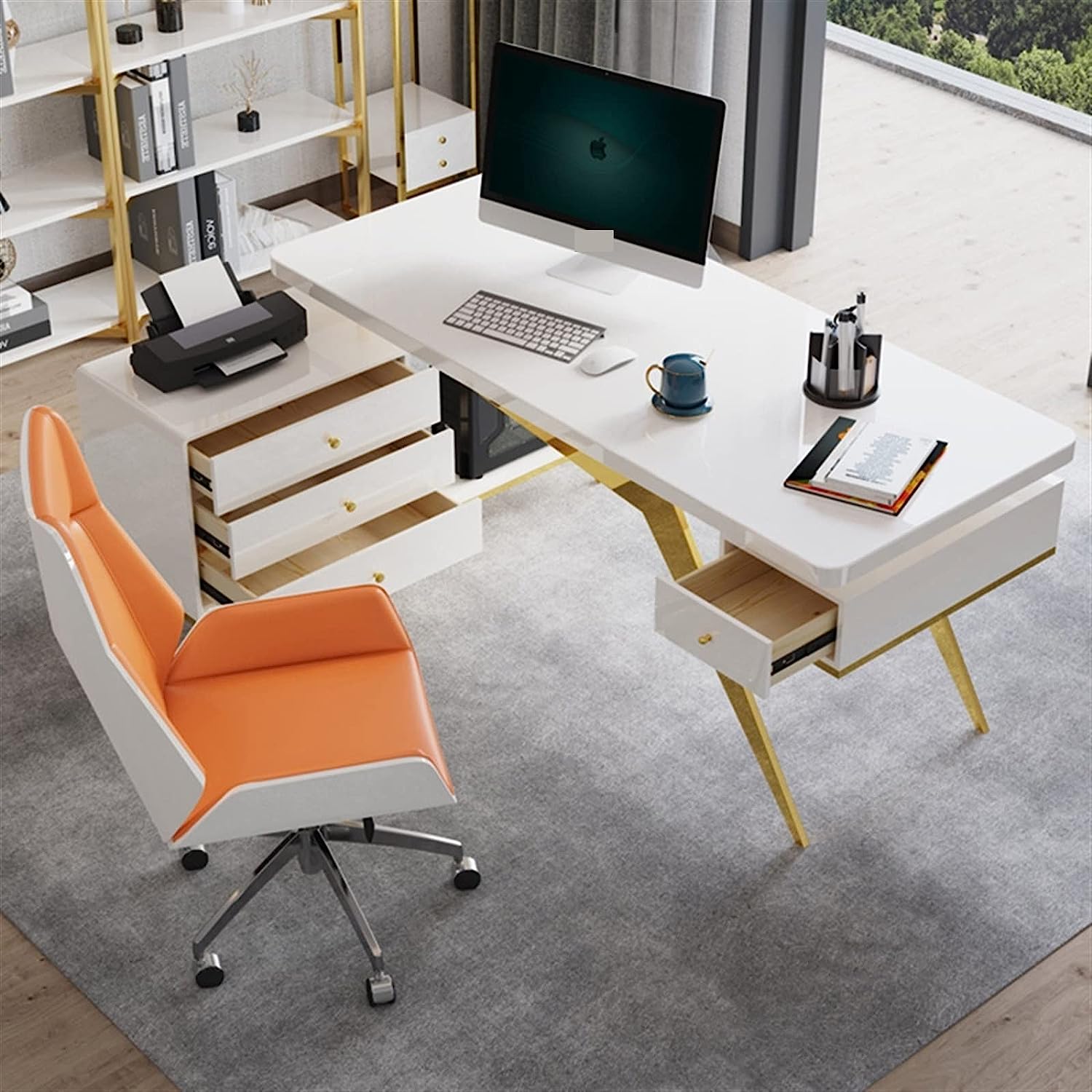

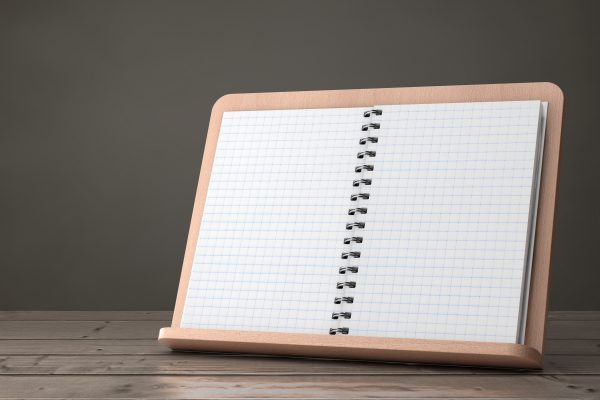
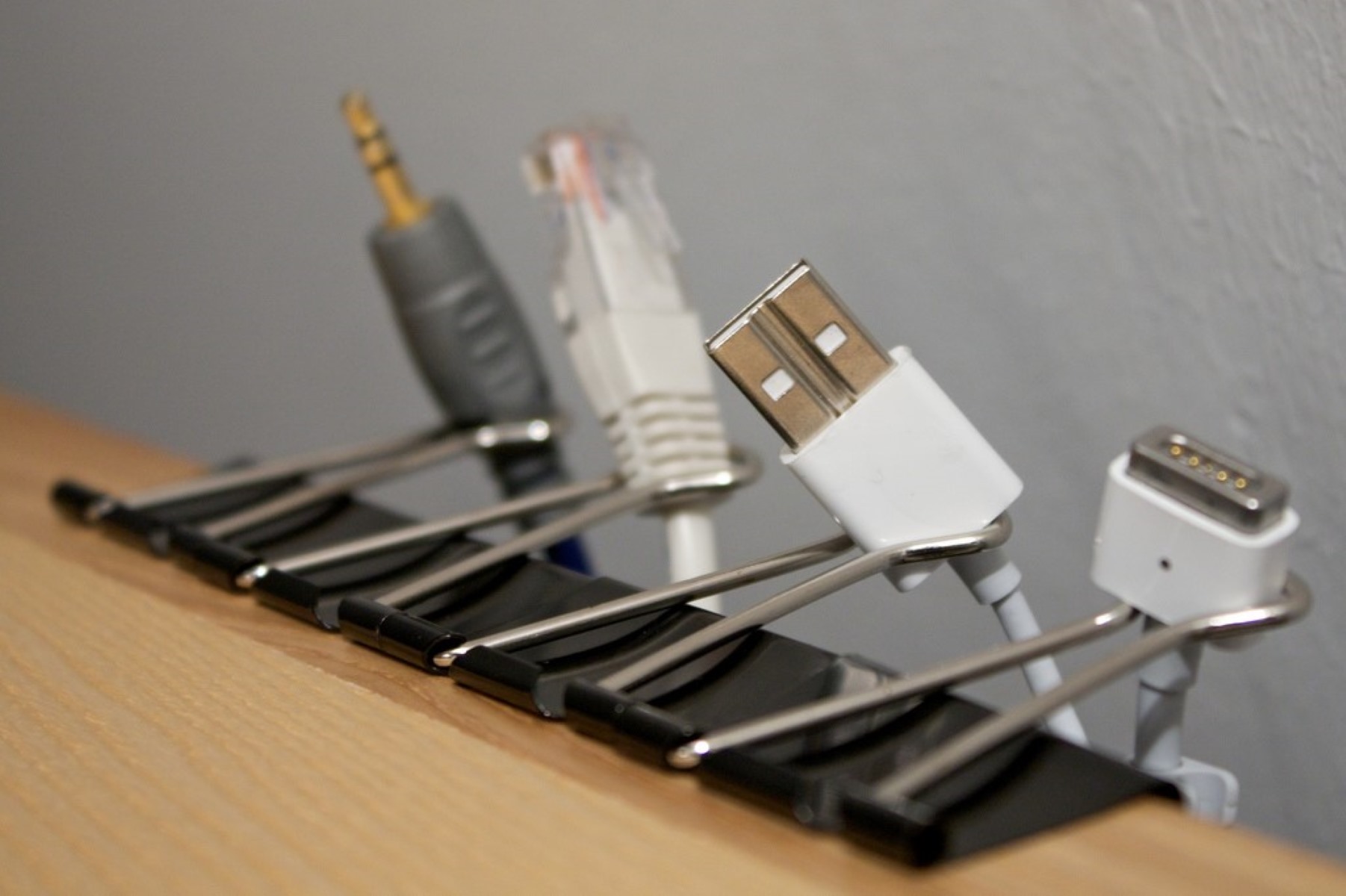
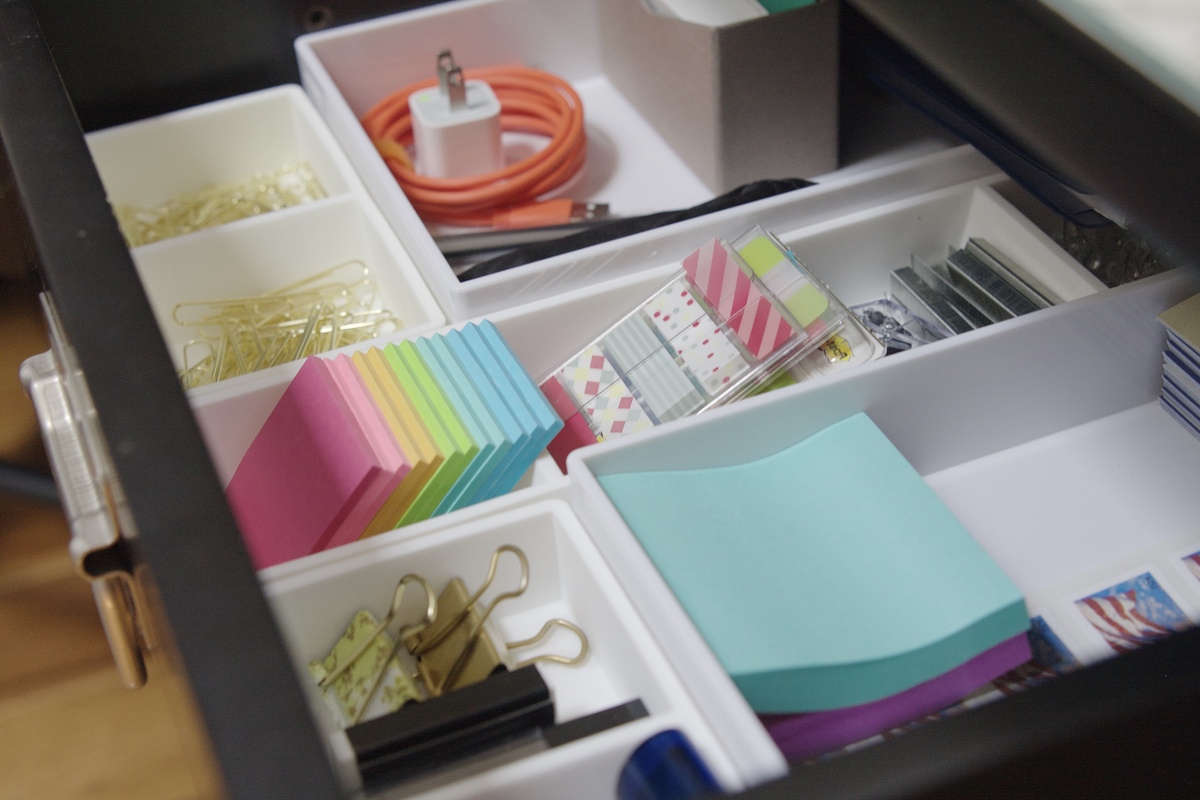
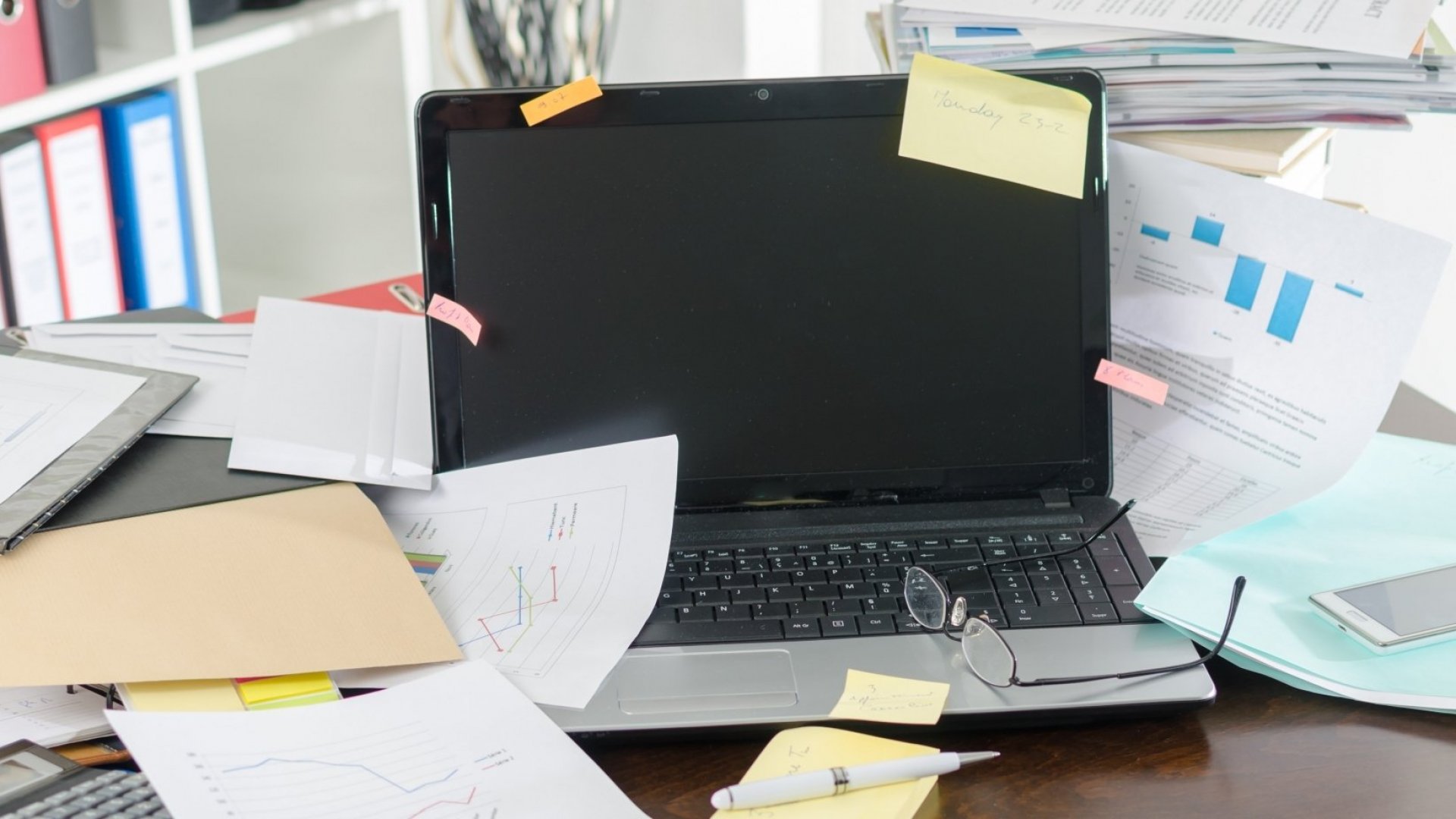
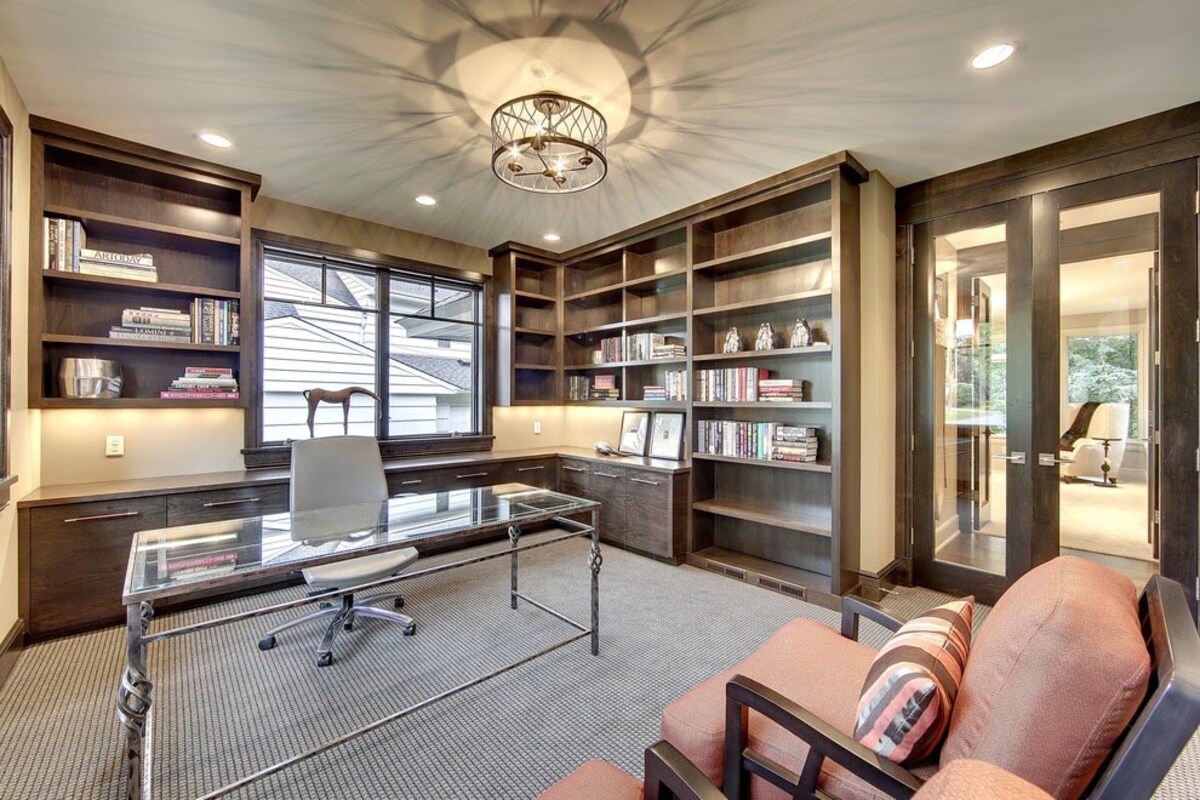
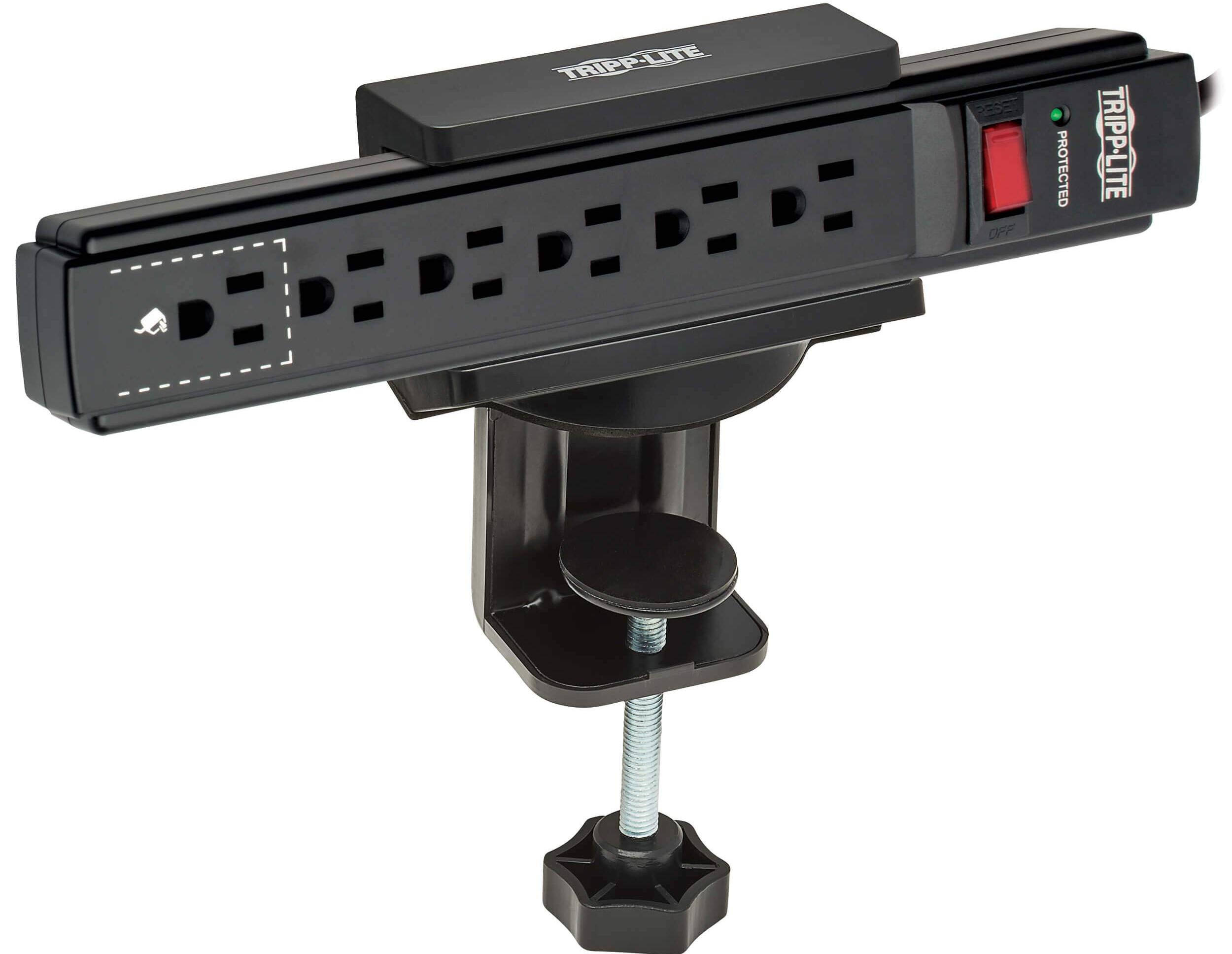
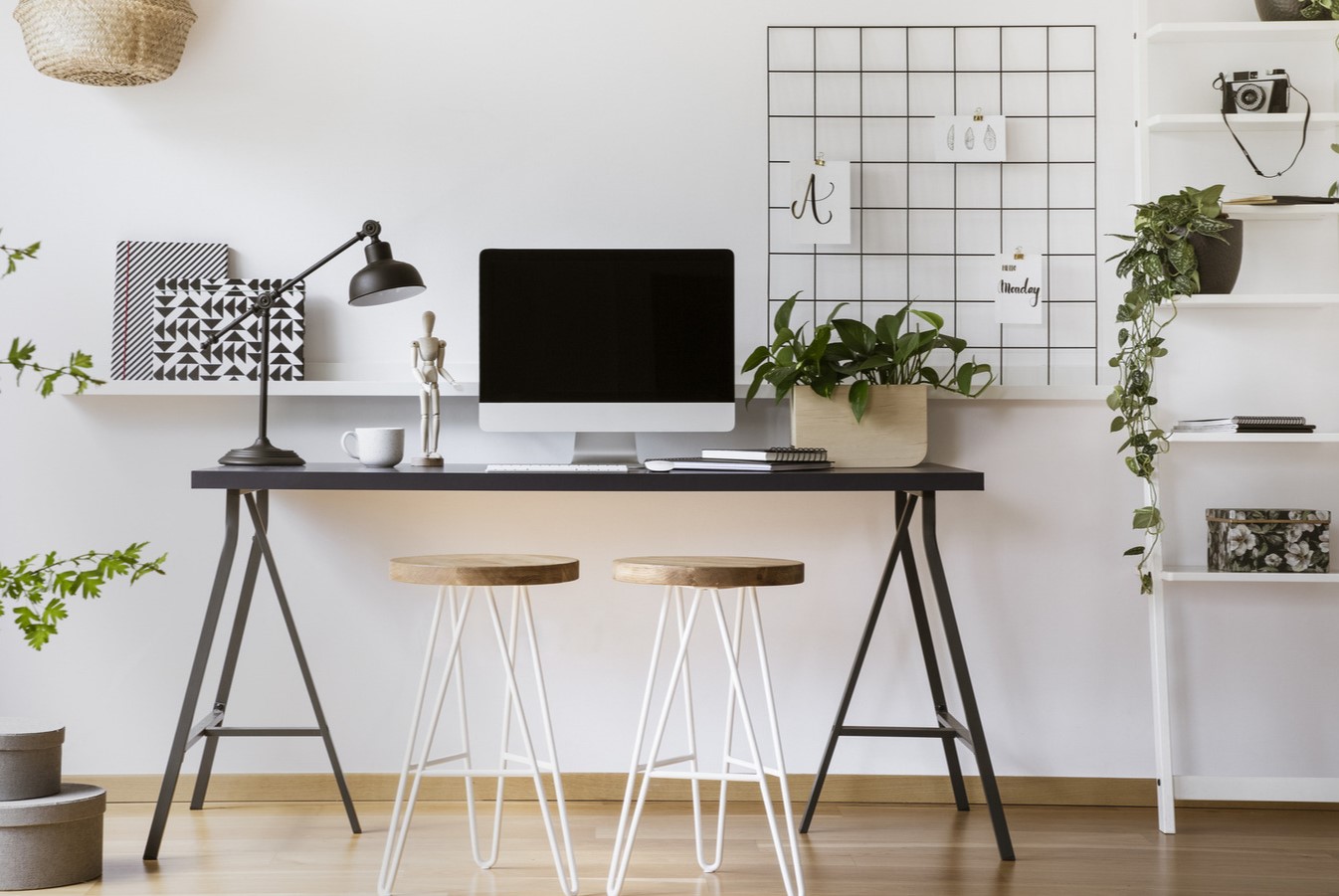

0 thoughts on “How To Organize Your Office Desk”